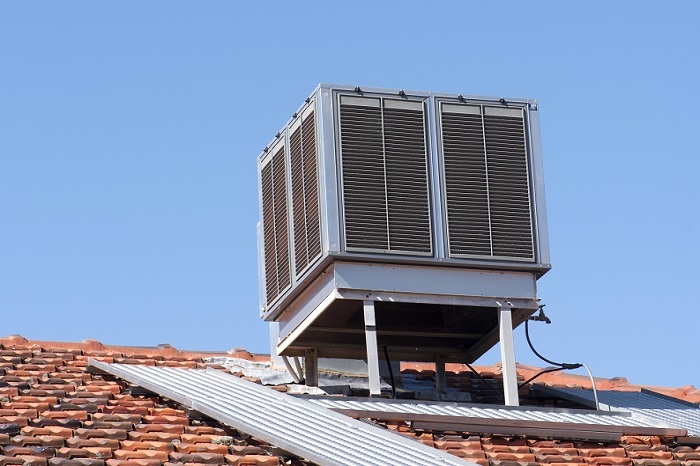What if you could heat and cool your entire home without having to worry about separate AC units for each room? You could have cool air for the kids playing video games in the den, something a little milder for after-dinner chat sessions in the living area, and a cozy warmth welcoming you to your bed. The solution to all this is the installation of ducted heating and cooling system.

However, the cost and disruption involved means ducted heating and cooling is not to be taken lightly. You should research well before investing in such unit.
Preparing your home for ducted heating and cooling
Before choosing which make and model is right for your home, you must identify all the passive changes you can make for your air conditioner to perform at its optimum level. Think of it as optimizing your home’s energy efficiency. Ensure that your home insulation is adequate and as draught-proofed as possible. This may mean upgrading the insulation in your roof, sealing windows, installing roof vents, or shading windows from summer sun. It is important t
ducted heating and cooling
o consider your neighbors when selecting and locating external components as some units create a lot of noise.
Where to begin?
There is no one-size-fits-all solution when it comes to the ducted heating and cooling. The right size, design, and ducting layout depends on a variety of factors and must be determined by qualified and experienced suppliers. In some countries, it is possible to arrange a free consultation in your home. The professionals will then carefully consider the size and layout of your home, your unique needs, and your budget before providing you with the best options for your situation.
Is it worth the investment?
Before spending thousands dollars to install a system (and several hundred dollars yearly to maintain it), consider other cooling and heating options to make sure you have explored all avenues. Even if you decide on a central system, you may only need a cooling-only or heating-only model (depending on the climate of the area where you live).
What is the test for ducted heating and cooling?
If you decide to install a central system, the right size and design depend on a range of parameters and should be determined by the supplier for you. Central systems should not be bought "off-the-shelf" – which is why testing of ducted systems is unavailable. The results would only be valid for the tested scenario (which could be different from your house) and a model that performs well in a test situation can still disappoint you if not designed according to your needs.

What is “reverse cycle” in the world of ducted heating and cooling?
Air conditioners work on the heat pump principle. They pump heat from one place to another. Let us try to understand how a heat pump works. A fan draw out hot air out from home over a cold liquid named refrigerant. Heat is absorbed from the air, cooling it. The air then flows back into your home. The refrigerant, warmed from the hot air further evaporates and flows into a compressor, which creates a high-pressure, high temperature gas. A heat exchanger pumps the gas outside your home, which allows heat to escape and the refrigerant to cool and liquefy again. The refrigerant flows through an expansion device that lowers its pressure, cooling it further, so it can absorb heat again. This repeat to cool the area around the unit. Reverse-cycle air conditioners reverse this process and work for both cooling and heating.
Conclusion
Ducted heating and cooling system can be a little pricey to buy and complicated to get installed, but if you take the pain, you may also get the gain!
Visit Us
Templestowe Heating And Cooling
2-4 Templestowe Rd, Bulleen VIC 3105, Australia

No comments:
Post a Comment
Note: only a member of this blog may post a comment.